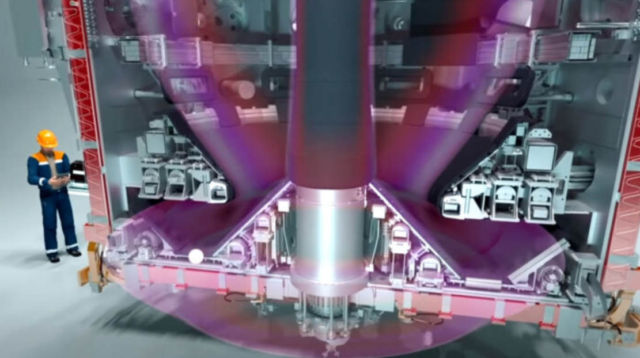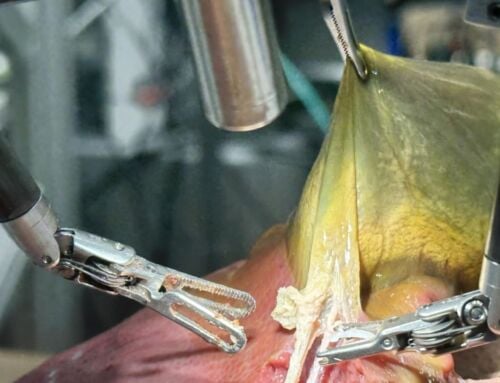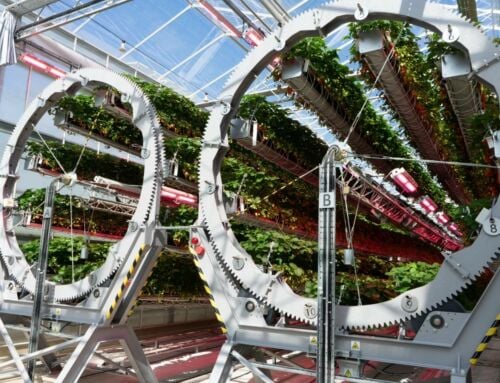All systems go for UK’s £55M fusion clean energy experiment. Now it’s a step closer with the launch of the MAST Upgrade tokamak.
For the first time, after a seven-year build, UKAEA’s £55M-machine, labelled Mega Amp Spherical Tokamak (MAST) Upgrade, has achieved “first plasma” – where all the essential components work together simultaneously.
The project at Culham Centre for Fusion Energy was funded by the Engineering & Physical Sciences Research Council, part of UK Research & Innovation and the Department for Business, Energy & Industrial Strategy.
Fusion energy offers the potential of an abundant, inherently safe low-carbon electricity supply (the raw materials are found in seawater and the Earth’s crust). It involves fusing hydrogen particles in a hot gas known as a ‘plasma’ to unlock large amounts of energy.
Operating fusion technologies requires a careful balancing act of controlling extreme heat, gas and powerful magnetic fields, amongst other complex systems.
Super-X factor
One of the biggest challenges in fusion research has been to extract the amount of excess heat from the plasma. UKAEA’s scientists now plan to test a new exhaust system called the ‘Super-X divertor’ at MAST Upgrade.
This system is designed to channel plasma out of the machine at temperatures low enough for its materials to withstand – meaning that components can last much longer. The approximate tenfold reduction in heat arriving at the internal surfaces of the machine has the potential to be a game-changer for the long-term viability of future fusion power stations.
source CCFE






Leave A Comment